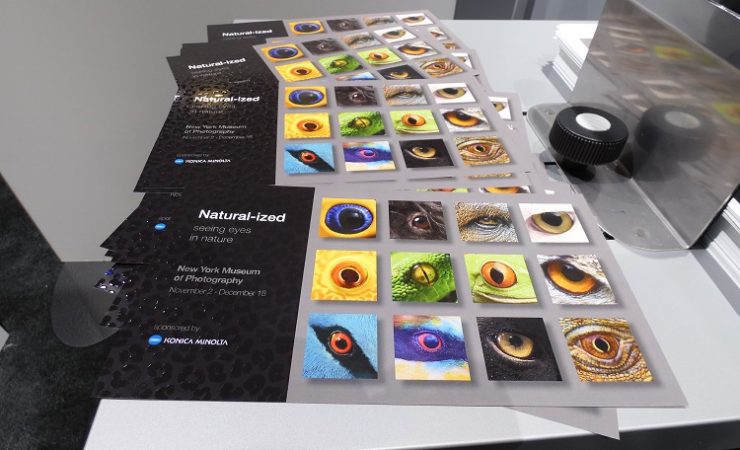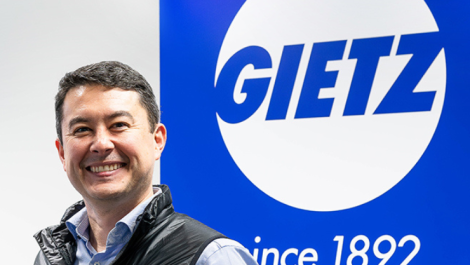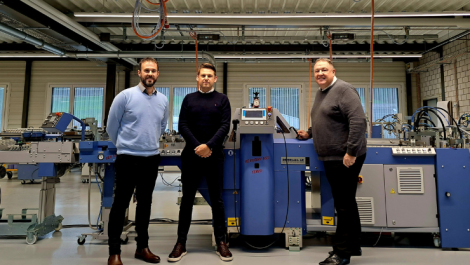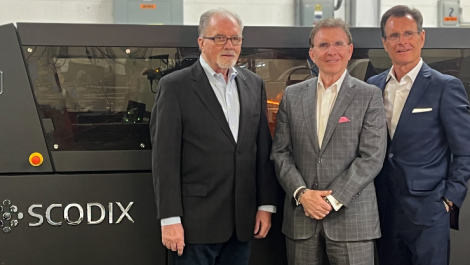MGI has developed JETvarnish 3D One, the latest addition to its family of digital embellishment presses and targeted at taking the technology ‘mainstream’.
Described as ‘the most aggressively priced JETvarnish to date’, 3D One handles a format size of 14 x 30in, and applies 2D/3D textured varnish effects at up to 3,500 A4 sheets an hour.
Kevin Abergel, vice president, sales and marketing, MGI Group, noted that the development of 3D One has been facilitated by changes in the market. He said, today, textures and digital foiling is starting to gain traction up the supply chain, pushing more converters into adopting technologies to deliver such finishes and offer premiumisation. However, not all are willing or able to invest in more complete systems, which have tended to carry a high price tag.
‘Think of JETvarnish 3D One as the Tesla Model 3, a machine for the masses,’ commented Mr Abergel. ‘It is an affordable, accessible and easy to use press.
‘Everyone thinking about bringing their margins up in print now has the perfect vehicle to start upgrading their output.’
Pre-orders of the MGI JETvarnish 3D One are now being taken, with the first shipments planned for Q1 2020.
It has been presented at the inaugural Printing United trade show, taking place this week in Dallas, Texas. Other JETvarnish presses are presented at the Konica Minolta booth, highlighting the range of systems now available to suit converters’ needs and investment thresholds. This includes JETvarnish 3DS, JETvarnish 3D Evo 75 and JETvarnish 3D Web.
Konica Minolta has also presented AccurioShine 101. A technology preview exclusive for attendees at Printing United, the machine is a desktop embellishment system for applying foil, metallic colours, laminates and spot gloss.
Dino Pagliarello, vice president, product management and planning at Konica Minolta, said, ‘AccurioShine 101 is an entry-level foil printing system that allows those that can see the opportunities in embellishment to get in to it at a low cost. This may see them then invest up into more production-class systems such as the MGI presses.’





